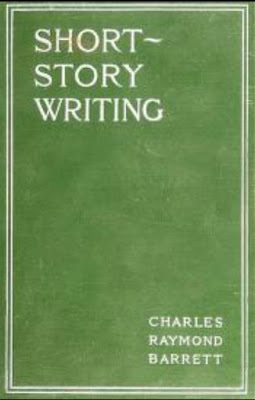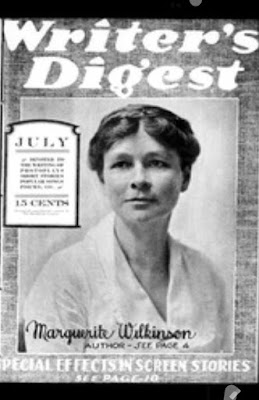The Short-Story, its Principles and Structure
by Evelyn May Albright , 1880-1942
FOREWORD BY OLIVIA SALTER
The art of storytelling has captivated and enchanted humanity since time immemorial. In its many forms and genres, the power of narrative has the ability to transport readers to different worlds, evoke emotions, and offer profound insights into the human experience. Among the diverse literary forms, the short story holds a unique position, capable of delivering a potent impact within a concise narrative framework.
Evelyn May Albright's insightful work "The Short Story: Principles and Structure examines the intricacies of this captivating literary form, offering a comprehensive and insightful exploration into its principles and structure. With a deep ardor for the craft, Albright delves into the essence of the short story, unraveling its secrets and illuminating the techniques that bring these narratives to life.
Albright's dedication to understanding the short story as a distinct art form is apparent throughout the pages of this remarkable book. Drawing upon her extensive knowledge and experience, she expertly analyzes the fundamental components of a short story, from its plot and characters to its narrative structure and thematic implications. Through Albright's masterful exploration, aspiring writers and literature enthusiasts alike will gain valuable insights that can enhance their appreciation and understanding of this captivating genre.
"The Short Story: Principles and Structure" serves as an invaluable guide for both aspiring and seasoned writers, providing a roadmap to craft compelling narratives within the constraints of brevity. Albright's lucid explanations and practical advice enable writers to grasp the essential techniques needed to create captivating short stories that resonate with readers on a profound level. With her guidance, writers can learn to harness the power of concise storytelling and evoke lasting emotions in their audience.
Beyond its utility to aspiring writers, Albright’s work also appeals to readers who seek a deeper understanding and appreciation of the short story. By dissecting the principles and structure that underpin these narratives, readers can uncover the intricate craftsmanship that lies beneath the surface. Albright's exploration of different literary styles, themes, and character development offers readers a fresh lens through which they can analyze and interpret the stories they encounter, enriching their own reading experiences.
"The Short Story: Principles and Structure" is not merely an academic treatise but a passionate testament to the beauty and power of the short story. Evelyn May Albright's eloquent prose and profound insights make this book an engrossing read for anyone who appreciates the written word. Whether you are a writer looking to hone your skills or a reader seeking a deeper connection with this rich and nuanced genre, this book is an indispensable resource that will both educate and inspire.
As we embark on this journey through the world of the short story, let us be guided by Albright's expertise and artistry. May her words ignite our creative spirits and kindle our love for the enchanting realm of the short story.
Olivia Salter
03/11/2022
Short Story: its Principles and Structure by Evelyn May Albright, (1907). The aim of this book is not to trace the origin or the development of the short-story, but to set forth some standards of appreciation of what is good in storywriting, illustrating by the practice of the masters as contrasted with amateurish failures : this with the view of rousing the student to a more lively interest in his eading, and of awakening such a wholesome spirit of self-criticism as shall enable him to improve his own workmanship, should he feel called to write. It is expected that one who undertakes to study or to write short-stories will become acquainted at first hand with the masterpieces of this art. With this in view, a reading-list has been appended, roughly classified in parallel arrangement with the topics studied in the text. The list includes, besides a number of stories generally recognized as great, a fairly representative selection from recent magazines. It is the author's belief that not only the masterpiece but the story which is moderately good can be made a profitable study in construction for the beginner. But it has been the aim to lay due stress, within the text, on those elements of greatness which distinguish the masterpiece from the average short-story. I. Introductory - II. Gathering Material - III. The Motive as the Source op Plot - IV. Plot - V. Mechanism - VI. Unity of Impression - VII. The Title - VIII. Characterization - IX. Dialogue - X. The Setting - XI. The Realistic Movement - XII. The Element of Fantasy - XIII. The Emotional Element - XIV. The Spirit of the Author
The PDF might take a minute to load. Or, click to download PDF.
If your Web browser is not configured to display PDF files. No worries, just click here to download the PDF file.


.jpg)





